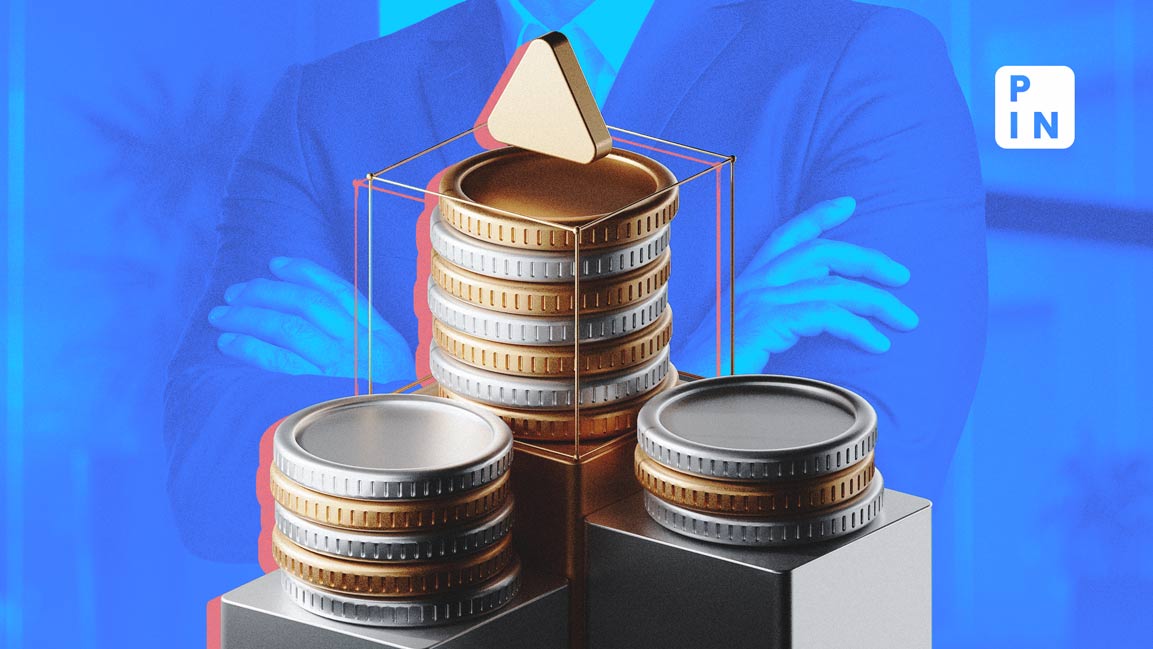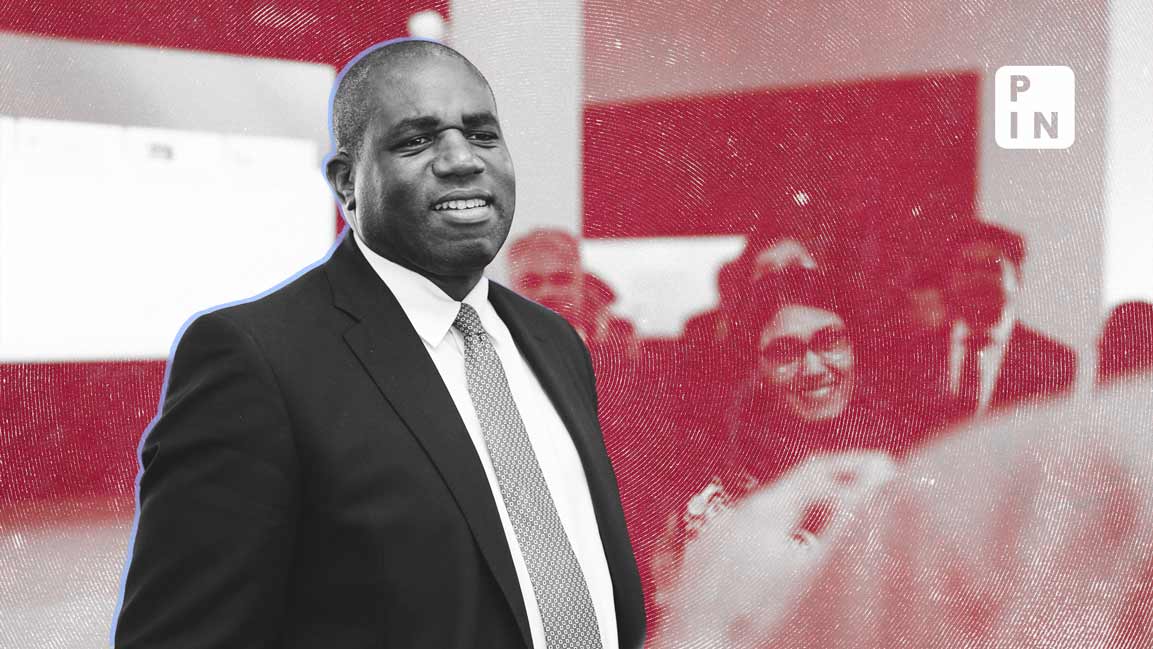- | 4:00 pm
India plans new incentives program to boost EV battery production
New production-linked scheme aims to accelerate India’s shift to electric vehicles by slashing costs

India is planning a new incentives-based program to stimulate domestic production of batteries, aiming to accelerate the shift to electric vehicles (EVs) by reducing costs.
The Indian government attributes high battery prices globally to limited manufacturing capacity.
“We are coming out with another production-linked incentive (PLI) scheme to increase the volumes of battery manufacturing,” R.K. Singh, minister of state for new and renewable energy and skill development and entrepreneurship, said this week.
“Prices of batteries will come down if volumes go up. That is why there is PLI for storage,” Singh said.
Though he did not explicitly mention China, Singh pointed out that “one country controls 80% of the world’s lithium reserves and one government handles 88% of lithium processing”.
“We are lucky to have some lithium reserves in Jammu,” Singh said, while highlighting that his ministry is pushing for research on sodium-ion batteries and other alternatives to lithium-ion technology.
“Our aim is to secure our supply chain and diversify our sources of battery technology. After all, transportation is responsible for 18% of India’s carbon emissions,” Singh said.
According to data from think tank OMI Foundation’s EV-Ready India Dashboard, EV sales are poised to jump from 135,393 in September to an estimated 232,249 by the end of this month.
The September sales breakdown includes about 69,000 two-wheelers, 52,000 three-wheeler passenger vehicles, 5,000 freight-oriented three-wheelers, and 7,000 cars. Chandigarh leads the country with an EV adoption rate of nearly 15%.
“Accurate EV adoption forecasts are vital for shaping policy. They guide everything from incentives and urban planning to grid upgrades and environmental impact assessments,” said Pradeep Karuturi, lead of the Center for Clean Mobility at OMI.
“Large-scale EV adoption puts pressure on the electric grid. Forecasts help policymakers plan for grid upgrades and innovations like smart grids, ensuring that the electricity supply remains stable and resilient as EV numbers increase,” Karuturi added.
Addressing concerns over the lower sales of EVs, Singh pointed to “range anxiety” as a major obstacle.
“To counter this, the central government introduced the PLI scheme for manufacturing advanced chemistry cell batteries in May 2021,” he said. “The scheme, with an outlay of ₹18,100 crore, aims to attract both foreign and domestic investments of up to ₹45,000 crore.”
On emissions, Singh said “India’s per capita carbon emission is just 2.19 tons, only a third of the global average of 6.4 tons,” while contrasting the figures with those of developed countries, whose emissions are three times the global average.
“India accounts for only 4% of the global legacy carbon dioxide load, while comprising 17% of the world’s population. Assessments should be made on a per capita basis, not in absolute numbers,” he said.
Regarding energy consumption, the minister said, “Power demand surged by 20% in August and September, and October is already seeing a 16% increase,” while adding that India is swiftly transitioning to non-fossil-based power, which currently forms 43% of the nation’s total installed power generation capacity of 425GW.
“We project that by 2030, this capacity will grow to 800GW,” Singh said.













